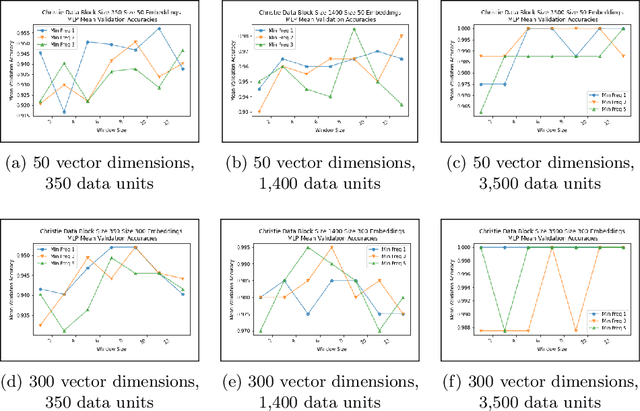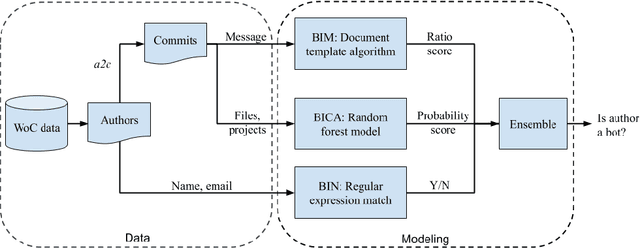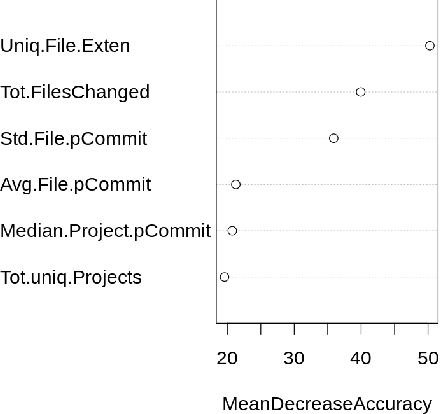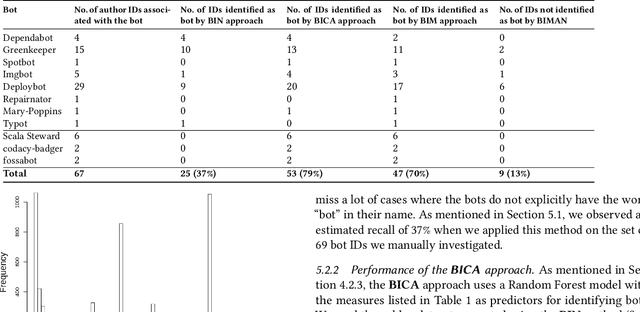Eduardo Ponce
The Sensitivity of Word Embeddings-based Author Detection Models to Semantic-preserving Adversarial Perturbations
Feb 23, 2021



Abstract:Authorship analysis is an important subject in the field of natural language processing. It allows the detection of the most likely writer of articles, news, books, or messages. This technique has multiple uses in tasks related to authorship attribution, detection of plagiarism, style analysis, sources of misinformation, etc. The focus of this paper is to explore the limitations and sensitiveness of established approaches to adversarial manipulations of inputs. To this end, and using those established techniques, we first developed an experimental frame-work for author detection and input perturbations. Next, we experimentally evaluated the performance of the authorship detection model to a collection of semantic-preserving adversarial perturbations of input narratives. Finally, we compare and analyze the effects of different perturbation strategies, input and model configurations, and the effects of these on the author detection model.
Detecting and Characterizing Bots that Commit Code
Mar 27, 2020



Abstract:Background: Some developer activity traditionally performed manually, such as making code commits, opening, managing, or closing issues is increasingly subject to automation in many OSS projects. Specifically, such activity is often performed by tools that react to events or run at specific times. We refer to such automation tools as bots and, in many software mining scenarios related to developer productivity or code quality it is desirable to identify bots in order to separate their actions from actions of individuals. Aim: Find an automated way of identifying bots and code committed by these bots, and to characterize the types of bots based on their activity patterns. Method and Result: We propose BIMAN, a systematic approach to detect bots using author names, commit messages, files modified by the commit, and projects associated with the ommits. For our test data, the value for AUC-ROC was 0.9. We also characterized these bots based on the time patterns of their code commits and the types of files modified, and found that they primarily work with documentation files and web pages, and these files are most prevalent in HTML and JavaScript ecosystems. We have compiled a shareable dataset containing detailed information about 461 bots we found (all of whom have more than 1000 commits) and 13,762,430 commits they created.
 Add to Chrome
Add to Chrome Add to Firefox
Add to Firefox Add to Edge
Add to Edge